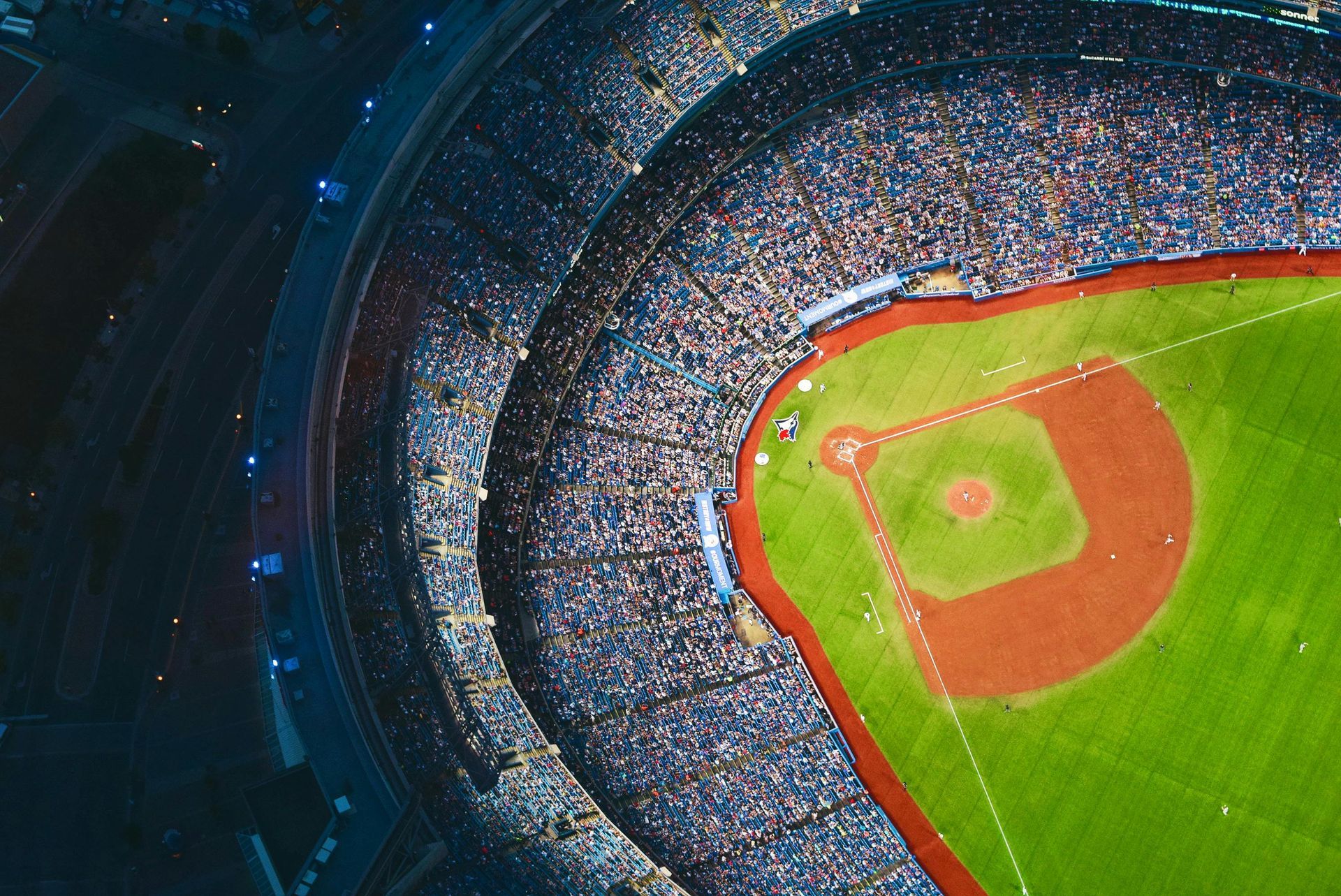Nerding out about Baseball, especially Pitch Speeds and the World Series

Blog vol 5.18. Nerding out about Baseball, especially Pitch Speeds and the World Series
This Friday we will be treated to the Fall Classic, no it is not the venerable Pumpkin Pie, it’s the final matchup between the two best baseball teams in the world: the New York Yankees and the Los Angeles Dodgers. When the world feels like it is a little crazy, it is good to know that you can sit back and enjoy a longstanding rivalry. The players of course have changed, the fields have changed, the cities have changed, and they have put in a pitching clock, but it still is a timeless affair.
I have been a student of baseball for over 45 years, back to the days of the Montreal Expos. I have always been a National League guy, even though the Jays are in the American League. I appreciate the subtleties of the game, the plate count, situational pitching, hitting and fielding, sending runners, hit and run, base movement. Poetry and ballet, strength and speed.
Strength and speed are critical, however high heat on a fastball will only get you so far. No doubt a pitcher needs to have some speed his on fastball to get to the bigs, but after that the radar gun really should be put away (unless you are Nolan Ryan). Here is why:
1. Less interesting game. The distance from the pitching mound to the plate is 60 feet 6 inches and most pitchers’ release point is at around 55 feet away as they lunge into the pitch. At 90 mph, the ball takes 417 millisecond and at 95 mph, 394 millisecs to reach the plate. The average human takes about 250 millisecs to react (you could argue that professional players are not average on this point which is likely true). So there is a small difference between the two pitches (90mph and 95 mph), but the batter can still time the swing and make contact, which provides higher exit velocity. The chances are slimmer with less time, but we are splitting hairs at a certain point. So you end up with more swing and miss, and more home runs when contact is made. Result: Today’s game with lower batting averages, more strike outs, and the possibility of more homeruns when contact is made.
2. Too much damage to pitchers. Bringing the heat comes at the cost of more arm injuries in pitchers, too much throwing hard over 5 or 6 innings. The result is also short outings for pitchers, as pitch velocity is hard to sustain over the length of the game and by the 3rd time through the order, the batters are usually catching up. These intense demands shorten pitching careers.
3. Pitching is an art. It is called pitching, not throwing. The saying goes: “Good pitching always beats good hitting”. The pitcher and catcher have ultimate control, and their job is to keep the batter guessing. The change in speeds, with a really good change up (10 mph down from the heat) will really throw off those heavy hitters who are settled in. The location is crucial, with the ability to locate the pitch and hit the catcher’s glove being key. Last week in the American League finals, the poor Cleveland Guardian pitchers were throwing “mistakes” at the deadliest line up in baseball with late inning homers and losses. High heat is one thing, but that fastball better have some movement, to keep it away from clean contact, the difference between a 3 run homer and an inning ending double play.
So, you may ask what is the connection to eyes? There is out of this world eye hand co-ordination, and just the love of sport.
My bold prediction: Dodgers in 7. Blake Treinen striking out Aaron Judge to finish (not so bold, but highly likely).
Go Blake!
The good doctor






